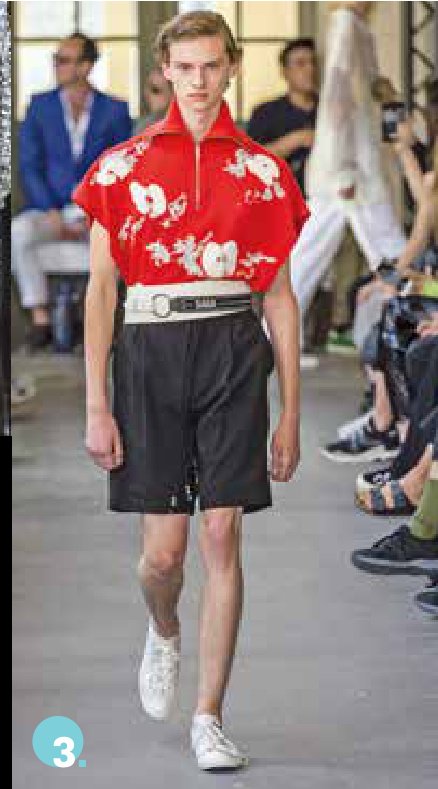It seems that buying bread, milk and pasta in a shop around the corner, “where everybody knows your name”, is about to become history, along with the accompanying way of life. Small family-owned shops are being squeezed out by large 1. __ – malls, discounters, supermarkets and hypermarkets – which can afford to sell the same goods at lower prices. Retail industry is good news for national economies, since it provides a stable market for farmers and other suppliers and generates a large volume of employment. Retailers are essentially 2. _ they buy products in large quantities from manufacturers or importers, either directly or through a 3. _, and then sell smaller quantities to us, 4. __. While we normally associate retailing with big 5. _ selling food and household items (Croatian Konzum, German Spar, US Wal-Mart, UK Tesco, French Carrefour, etc.), the term also refers to many 6. _ such as Turbo Limach, Algoritam, IKEA, Gap and others. We will find most of these and more in every shopper’s Mecca – a shopping mall.
From Marketplace to Shopping Mall
The first modern shops typically adjoined the businesses where goods were produced (e.g. a bakery or tailor’s workshop) and sold just one type of products. The 19th century saw the emergence of the arcade – a roofed passageway with shops on one or both sides. The next step was the invention of the 7. __, offering a wide variety of goods (apparel, furniture, toiletries, cosmetics, toys, appliances, etc.) in several departments under one roof. With the rise of the suburban living in the United States, the first 8. ____ (shopping centre) was built in the 1920s, incorporating elements from both the arcade and department store.




